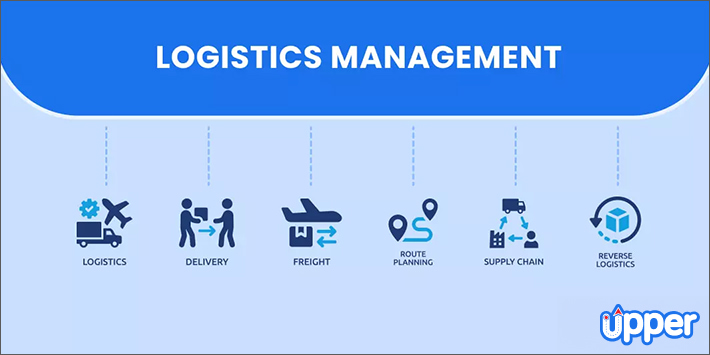

**A Comprehensive Guide to Streamlining and Lowering the Expenses of Car Shipping**
Transporting a vehicle—whether you’re moving, purchasing a car from a different state, or sending a vehicle to someone special—can be an overwhelming and pricey endeavor. Nevertheless, with the appropriate strategy, you can simplify the procedure and considerably cut costs. This comprehensive guide will direct you through all the essentials to make car shipping more budget-friendly and less challenging.
—
### Step 1: Learn About Your Car Shipping Options
Before getting into the details, it’s crucial to familiarize yourself with the two main types of car shipping:
– **Open Transport:** The most prevalent and economical option. Your vehicle is transported on an open trailer, subject to weather and road conditions.
– **Enclosed Transport:** Provides shelter from the elements, perfect for luxury or vintage vehicles. Though it’s pricier, it offers enhanced security.
Moreover, you can select between:
– **Terminal-to-Terminal Shipping:** You deliver and pick up your vehicle at specified terminals. This tends to be more cost-effective but less convenient.
– **Door-to-Door Shipping:** The transporter collects and delivers the vehicle to your chosen locations. It’s more convenient, although it might be pricier.
—
### Step 2: Compare Various Quotes
Don’t just accept the first estimate you receive. Utilize online car shipping platforms or aggregator sites to evaluate prices from different carriers. Be sure to:
– Obtain at least 3–5 estimates.
– Look out for hidden charges or fees.
– Inquire about insurance coverage and cancellation terms.
**Tip:** Steer clear of brokers or companies that provide prices significantly lower than the rest—they may compromise on quality or add fees later.
—
### Step 3: Select the Optimal Time to Ship
Car shipping rates vary based on demand, season, and location. To cut costs:
– **Avoid busy seasons** (summer and holidays) when demand is elevated.
– **Book ahead** to secure lower prices.
– **Be flexible** with your pickup and delivery timings to give carriers more scheduling options.
—
### Step 4: Get Your Vehicle Ready
Thorough preparation can avert hold-ups and extra fees:
– **Clean your car** thoroughly for easier inspection.
– **Remove personal belongings** to prevent added weight charges and possible loss.
– **Check for leaks or mechanical concerns** that may complicate the loading or unloading process.
– **Document the car’s state** with photos prior to shipping.
—
### Step 5: Know the Insurance Coverage
Most auto transport firms offer basic insurance, which might not cover all damages. To safeguard your investment:
– **Examine the carrier’s insurance policy.**
– **Request a Certificate of Insurance.**
– **Consider acquiring additional insurance** if your vehicle is of high value or if you seek greater assurance.
—
### Step 6: Check Reviews and Verify Credentials
Before finalizing a shipping provider:
– **Look for reviews** on sites like the Better Business Bureau (BBB), Google, and TransportReviews.com.
– **Validate their USDOT number** on the Federal Motor Carrier Safety Administration (FMCSA) website.
– **Ensure they are bonded and insured.**
—
### Step 7: Confirm Your Booking and Maintain Communication
After choosing a trustworthy carrier:
– **Get everything documented**, including pickup and delivery dates, pricing, and insurance details.
– **Keep in contact** with the carrier or broker for updates.
– **Monitor your shipment** if the service provides GPS tracking.
—
### Step 8: Inspect on Arrival
When your vehicle is delivered:
– **Examine it carefully** for any new damage.
– **Compare it with the pre-shipping photos.**
– **Record any discrepancies** on the Bill of Lading before signing.
If any damage is observed, file a claim promptly with the carrier’s insurance provider.
—
### Bonus Tips for Extra Savings
– **Transport multiple vehicles** simultaneously for volume discounts.
– **Opt for terminal-to-terminal shipping** if you’re located near a terminal and wish to save on costs.
– **Inquire about discounts** (military, student, senior, etc.).
– **Avoid last-minute bookings**, as they typically incur premium pricing.
—
### Concluding Thoughts
Car shipping need not be intricate or exorbitant. By familiarizing yourself with your options, comparing quotes, preparing your vehicle, and selecting a reputable carrier, you can streamline the process and lower expenses. With thoughtful planning and wise choices, you’ll ensure your vehicle arrives securely and affordably at its destination.






